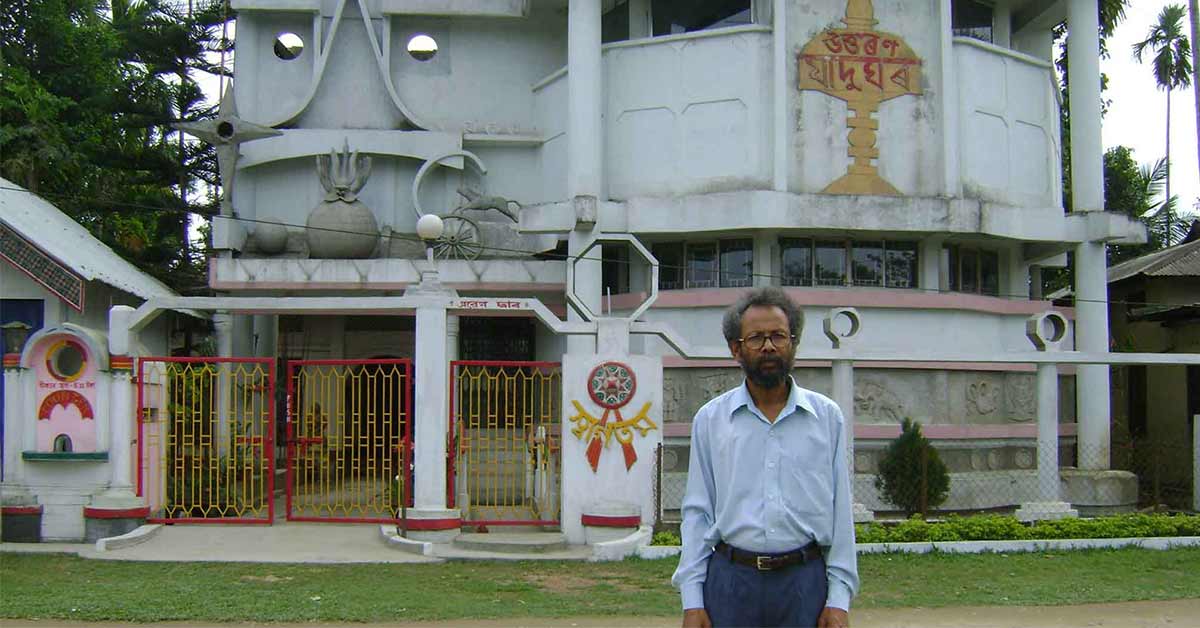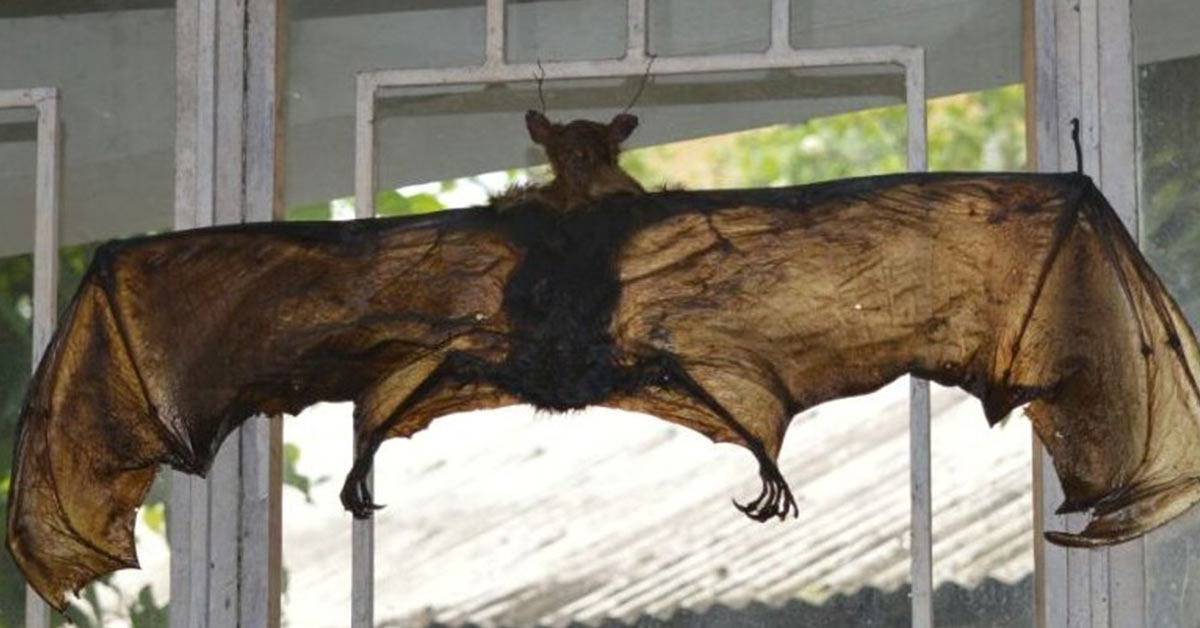
The Uttaran Museum houses war equipment, household essentials, and various other items involved in the livelihood of the Ahom dynasty. The museum displays water from as many as 337 tanks from the Ahom regime, 126 varieties of rice, and lesser-known artefacts and other valuables from the past
Historic Sivasagar in eastern Assam has more than the awe-inspiring monuments, and gigantic water bodies left behind as a legacy of the glorious Ahom era. One such attraction is the Uttaran Museum, which is a superlative example of the endeavour of a single person. This museum is situated at the entrance of the historic Kareng Ghar at Joysagar in Sivasagar.
The noble soul who established this museum is Durlav Bora. He felt the value of a museum in today’s modern society. A museum is the best place to uphold the documentary evidence of a bygone era. A person who has not visited this museum cannot speculate on a person's lifelong perseverance and dedication.

Durlav Bora. Image credit: Bijit Dutta
ALSO READ | Reasons Why You Should Visit Sivasagar At Least Once
Bora, single-handedly took all the pain to construct the museum, and collect all the valuable and priceless artefacts and other remnants of the glorious Ahom regime. He infused life into this unique museum. This museum is a wonder of this century. Such an accomplishment needs special dedication and talent and is not everyone’s cup of tea. Durlav Bora is one such gallant human being, possessing such unique zeal, talent, and the thirst to do something on his own for posterity. Sivasagar is indeed blessed by giving birth to such a spirited soul. And his epic contribution is ably preserved not only by those in the literary, cultural, and artistic fields but also by all those who live in this historic town.
Durlav Bora was born on March 10, 1951, in the Kalugaon region to the late Kuladhar Bora and Kaushalya Bora in the sleepy village of Banhar Gaon. Notably, Durlav Bora is a diploma holder in electrical engineering. He began his education at Charaimoria Primary School, carried on at Borpatra Doul High School, and later moved to acquire academic qualifications in technical education from the Prince of Wales in Jorhat. His father’s ancestral home was a culturally rich one.

An artefact at Uttaran Museum. Image credit: Uttaran Museum Facebook page
Durlav Bora’s father was a leftist, and naturally, he also inculcated leftist ideas from his father. It was through his revolutionary zeal that Bora could evolve himself into such a unique curator of history, and the Uttaran Museum, which is an invaluable contribution to society, stands testimony to this fact. Bora learned the art of wood carving from a very young age, but, of course, clandestinely. He used to carve out various insects and animals on wood. That interest at such a young age developed as he grew up, and he started a serious exploration of the artefacts of various civilizations. Bora himself is a person of high moral values and thinking. His works reflect his strong moral compass.
Notably, the construction of the Uttaran Museum began on March 12, 2003, and it was opened to the public on January 19, 2008. The museum has attained international recognition by now. Several tourists have acknowledged that this is the only museum in the entire country that is solely the contribution of one single person. The museum has mesmerised not only researchers from the state and the country but also left tourists spellbound who have visited the museum from various countries. According to records, to date, the museum has been visited by tourists from more than 50 nations, apart from domestic tourists coming from every nook and corner of the country. Some of these foreign countries from which tourists have graced the museum with their visits include the US, Canada, France, Germany, Netherlands, Argentina, Denmark, China, Nepal, Mexico, Czechoslovakia, United Kingdom, Poland, South Korea, Belgium, Thailand, Italy, Austria, Russia, Australia etc.
Bora invested the savings of his lifetime and travelled to various interior places across Assam to collect the exhibits for his museum.
The Uttaran Museum houses war equipment, household essentials, and various other items involved in the livelihood of the Ahom dynasty. The museum displays water from as many as 337 tanks from the Ahom regime, 126 varieties of rice, and lesser-known artefacts and other valuables from the past.

An artefact at Uttaran Museum. Image credit: Uttaran Museum Facebook page
Those who have enlightened themselves through a visit to this museum feel blessed to have had such a unique exposure and experience. Durlav Bora himself hopes that the museum will catalyze humanity to progress through the various stages of civilization, providing much-needed acceleration for future generations. These very words speak volumes about the integrity, obligation and contribution of Durlav Bora towards society.
Asif Ibrahim was a senior journalist from Assam, who had worked with several national and regional media houses under various capacities. He passed away at the age of 53 in March 2024.